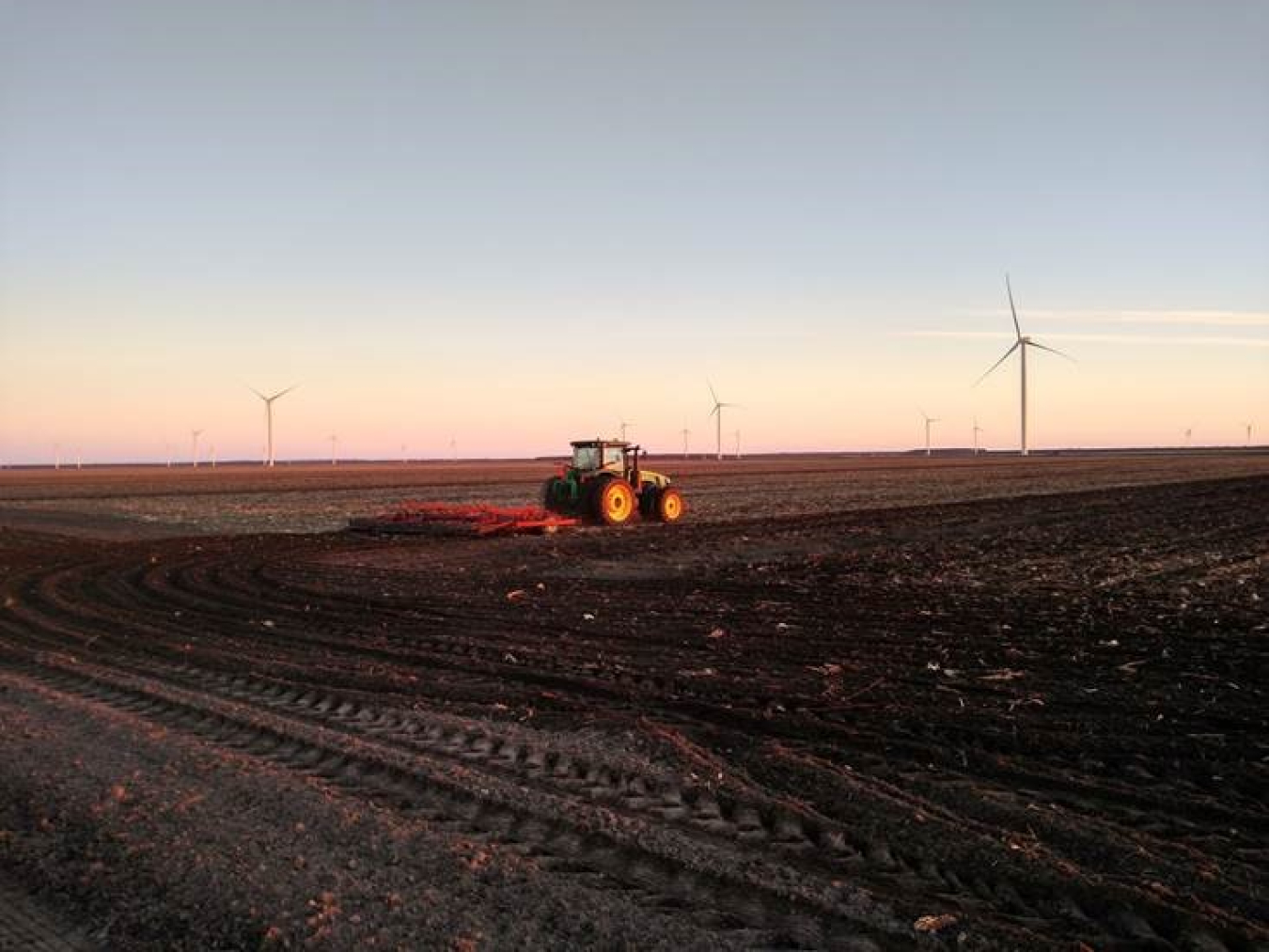Earlier this year, the Southeastern Wind Coalition (SEWC) organized and led North Carolina state legislators on two tours of the Amazon Wind Farm.
August 11, 2017
Photo Courtesy | Avangrid Renewables
As part of American Wind Energy Week 2017, the U.S. Department of Energy (DOE) highlights accomplishments of the Wind Energy Technologies Office’s Regional Resource Centers (RRCs). The RRCs, located across six U.S. regions, encompass region-specific organizations that provide fact-based information from a range of local leaders with technical and community expertise. As part of DOE’s WINDExchange initiative, the RRCs produce relevant and actionable information about the benefits and impacts of wind energy and deliver that information to their local stakeholders. The centers focus on informing individuals, groups, communities, and policymakers to provide the best information to inform wind energy development in their regions.
Earlier this year, the Southeastern Wind Coalition (SEWC) organized and led North Carolina state legislators on two tours of the Amazon Wind Farm U.S. East, the first wind energy project in the state. The tours of the site near Elizabeth City, NC, were meant to educate stakeholders about the economic benefits, as well as potential impacts including those to military operations since there is a Navy radar system in the region.
Project developer Avangrid Renewables joined the tour with the area’s congressional representative, Bob Steinburg, as well as state legislators and county commissioners, to help highlight the robust collaborative outreach efforts of wind-related RRCs across the country. As the primary U.S. Department of Energy’s RRC for wind energy in the southeastern part of the country, the SEWC focuses on providing fact-based, unbiased information to provide the best information to stakeholders and decision makers to help advance the wind industry in ways that result in net economic benefits to industry, utilities, ratepayers, and citizens of the Southeast.
"These tours were a fantastic opportunity to educate lawmakers on a resource previously undeveloped in North Carolina," said Katharine Kollins, President of the SEWC. “Few people in North Carolina have been exposed to wind energy, and this was a great chance to get some of our elected officials out to the Amazon Wind Farm, allow them to see how well the turbines fit in the existing farming community, and learn more about the siting process, especially as it pertains to the research and mitigation measures taken with the Department of Defense.”
After an initial 2012 study raised a concern about the planned 150-turbine Amazon wind project and its impact on the U.S. Navy’s Relocatable Over-The-Horizon Radar (ROTHR), project developers worked with the Department of Defense (DOD) Siting Clearinghouse for more than two years to ensure that the wind farm was compatible with military operations.
During this effort, the Massachusetts Institute of Technology Lincoln Laboratory conducted modeling of the project for the DOD Siting Clearinghouse and determined that a reduced configuration of 104 turbines was acceptable, allowing the wind farm to move forward.
In 2014, the project developer and the Department of Defense signed an agreement designed to mitigate any potential adverse post-construction impacts. As part of the agreement, the parties will continue to monitor and analyze impacts on the ROTHR during the first year of wind farm operation to ensure minimal interference and discuss mitigation strategies to prevent any adverse impacts. The agreement also includes a caveat that upon notification by the Navy, the project will curtail operations "for a national security or defense purpose."
The 208-megawatt Amazon Wind Farm began operation on February 9, 2017. Located in Perquimans and Pasquotank counties, the $400 million development supported 500 jobs during peak construction with more than 30 North Carolina-based companies involved and more than $18 million spent locally. The project currently supports 17 permanent jobs with an average annual salary of $80,000, well above the average annual wage of $31,619 in Perquimans County and $33,881 in Pasquotank County. It also provides more than 60 landowners approximately $624,000 in total annual land lease payments. In addition, Perquimans and Pasquotank Counties will receive $520,000 in tax revenue over the first year that will increase on an annual basis, making the Amazon Wind Farm the largest taxpayer in both counties.
With future wind energy projects under development in the Southeast, the SEWC will continue to address regional concerns related to wind energy to ensure informed decision making for years to come.

